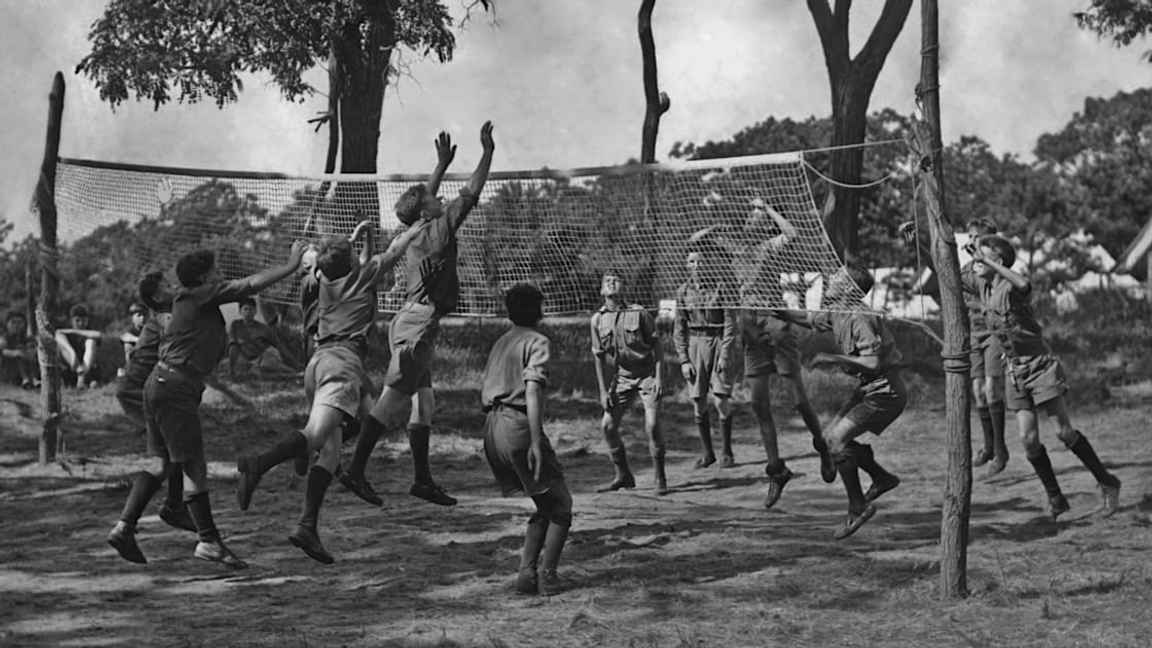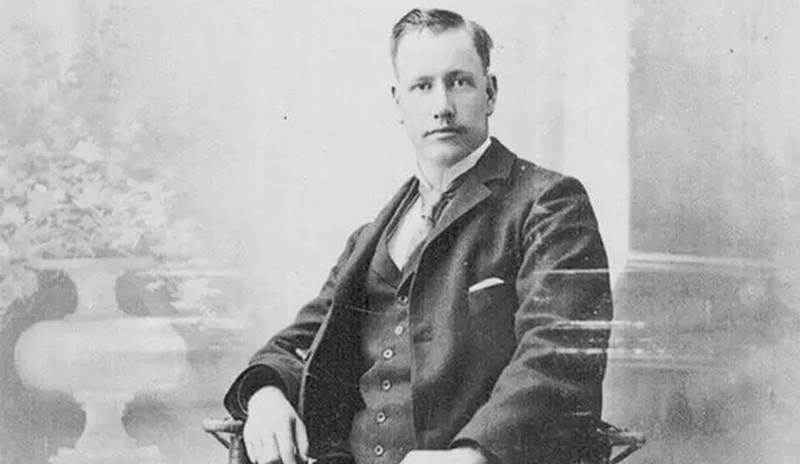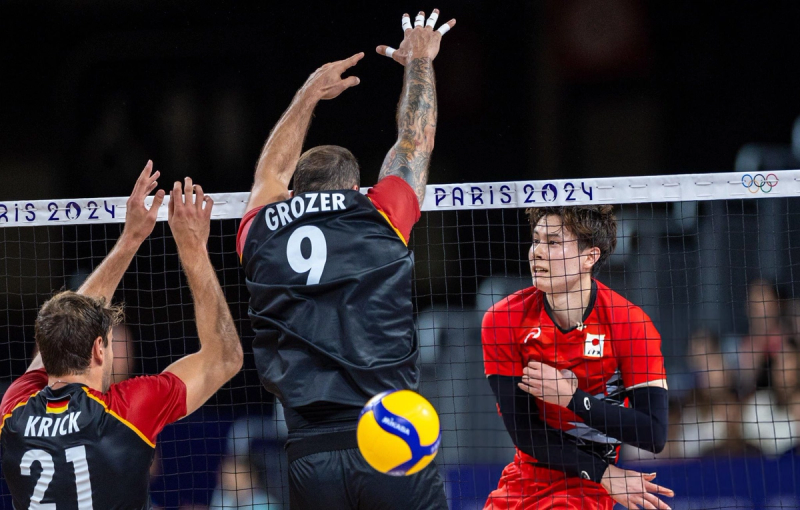
The History of Volleyball: From Its Origins to the Modern Game

Matt Nikishin
•
1st August, 2025
The Birth of Volleyball
Volleyball was created in 1895 by William G. Morgan, a physical education director at the YMCA in Holyoke, Massachusetts, USA. Originally called "Mintonette", Morgan designed the sport as a less physically intense alternative to basketball, which had been invented just a few years earlier by Dr. James Naismith.
While basketball required constant running and contact, volleyball was meant to be a more relaxed but still competitive indoor game that could be played by a wide range of participants.
Early Development and Rule Formation

Volleyball was born out of creativity and inspiration from various sports, thanks to William G. Morgan, a physical education director at the YMCA in Massachusetts. When he devised the game in 1895, Morgan borrowed elements from several familiar sports:
- The net was inspired by tennis, initially set at a height of 6 feet, 6 inches.
- The innings structure mirrored baseball, allowing teams to take turns on the court.
- The concept of volleying was adapted from handball, emphasizing continuous motion and avoiding letting the ball hit the ground.
The game’s name came about serendipitously during a demonstration match when a spectator commented on how players kept “volleying” the ball over the net. The term "volleyball" caught on and was soon officially adopted.
In 1897, the YMCA published the first official rules, establishing standards for the court dimensions, player roles, and scoring system. This foundational rulebook marked the start of volleyball as an organized sport.
Growth and Global Expansion

Volleyball quickly expanded beyond the walls of YMCA facilities, capturing attention both nationally and internationally. As YMCA programs spread across the United States and abroad, so too did the game.
A significant turning point came in 1916, when players in the Philippines introduced two groundbreaking techniques: the spike and the set. These innovations transformed volleyball from a simple volleying game into a more dynamic and offensively driven sport.
To manage its increasing popularity, the United States Volleyball Association (USVBA) was founded in 1928, standardizing rules and promoting the sport across the country. By 1955, volleyball made its debut at the Pan American Games, affirming its international status.
Volleyball at the Olympics

The sport reached a major milestone when it was included in the 1964 Tokyo Olympic Games, featuring both men’s and women’s tournaments. Since then, volleyball has enjoyed a steady rise in global recognition. Nations like Brazil, the United States, and Russia have emerged as powerhouses in the sport.
Another pivotal moment came in 1996, during the Atlanta Olympics, when beach volleyball made its official debut. This version of the game, played on sand with two-player teams, brought a fast-paced, spectator-friendly dynamic that drew new fans worldwide.
Modern Volleyball: Evolution and Innovation

As volleyball grew, so did the game’s complexity and competitiveness. A series of rule changes and strategic advancements reshaped the way volleyball is played today:
- Rally Scoring System: Now, every rally results in a point, accelerating the pace and intensity of matches.
- Libero Position: Introduced in 1998, this defensive specialist wears a different jersey and focuses solely on back-row play. The libero cannot serve or spike the ball, emphasizing defensive skill and precision.
- Expanded Contact Rules: Modern rules allow multiple contacts during a single attempt to return a hard-driven ball, offering more flexibility and creativity in defensive plays.
Volleyball has evolved into a sport for all levels—from casual school games to elite professional tournaments. Prestigious events such as the FIVB World Championships, Volleyball Nations League, and the Olympic Games highlight the global scale of the sport today.
Conclusion: The Future of Volleyball

From its modest beginnings in a YMCA gymnasium, volleyball has grown into a fast-paced, high-energy global sport. Innovations in strategy, technology, and training have continuously pushed the boundaries of what players can achieve on the court.
As professional leagues expand and new talent emerges, volleyball's appeal continues to rise. Whether it's the tactical battles of indoor volleyball or the sun-soaked action of beach games, the sport remains one of the most exciting spectacles in the world.
Volleyball’s future looks bright—driven by passion, progress, and a worldwide community of players and fans.
